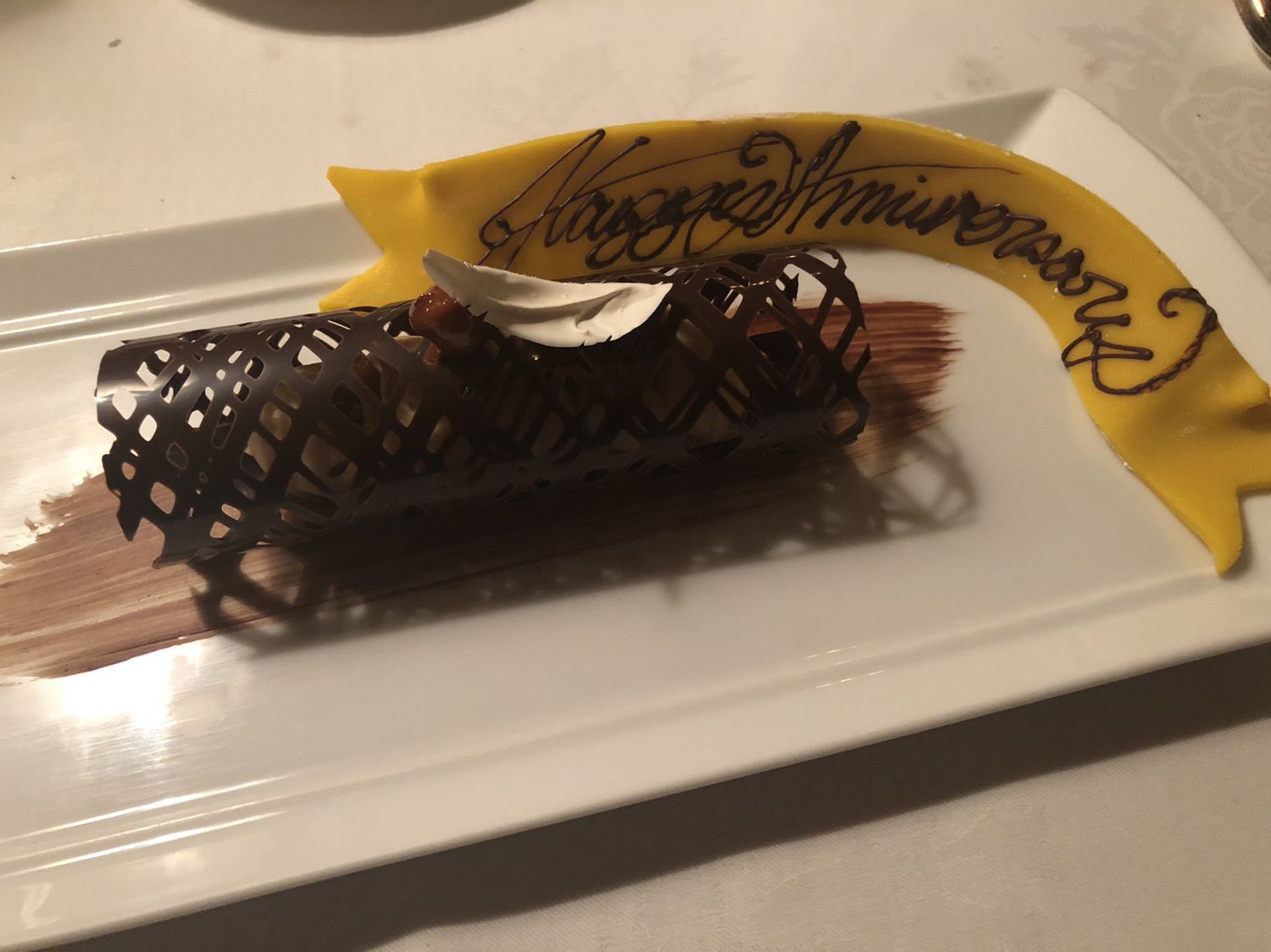Deeper thought 💭 on Activating the iPhone XS eSIM on Verizon →
In a recent episode of a new podcast that I have been enjoying, Fun Fact, the two hosts, Arik and Allen were discussing using iPhone XS’s new eSIM capability to have two lines on one phone. They talked about how well the design decisions around having two phone and data lines were handled and it got me curious. Later in the same week, @MrBeefy mentioned on that he has transitioned from carrying a personal and work device to carrying a single iPhone XR with a line for his work and one for personal use. Given that I am going to travel through Europe in the near future, these two discussions brought me to the conclusion that I could move my phone number to the eSIM and then buy a SIM when I arrive in a country.
I went to the local Verizon affiliate store. It wasn't a corporate store, which was my first mistake. When I entered and told them that I wanted to activate the eSIM, and all four employees returned blank stares, I should have known that this might become a Sisyphean task.
Needless to say, after an hour, I had an activated eSIM, but I was unable to make calls or use cellular data. The solution came when offered to remove the physical SIM card. In the process of migrating my phone number to the eSIM, I was left with my phone number on each, and the two SIMs were conflicting. Popping the physical SIM out started clearing up the issue.
The designers at Apple did a remarkable job creating the appropriate user interface indicators of what SIM is being used when. I am looking forward to being able to get a local SIM when I travel. Right now I have the physical SIM in my phone, but the physical SIM is disabled. The downside to removing the physical SIM is the interface elements that show the second SIM disappear. This makes sense because I am sure that having an interface element that showed a SIM missing would cause more support issues than it would be worth.
All in all, the eSIM is a great feature, but the level of knowledge as to how to transfer lines and configure the devices leaves a lot to be desired. I look forward to not having a near microscopic chip in my phones.






















